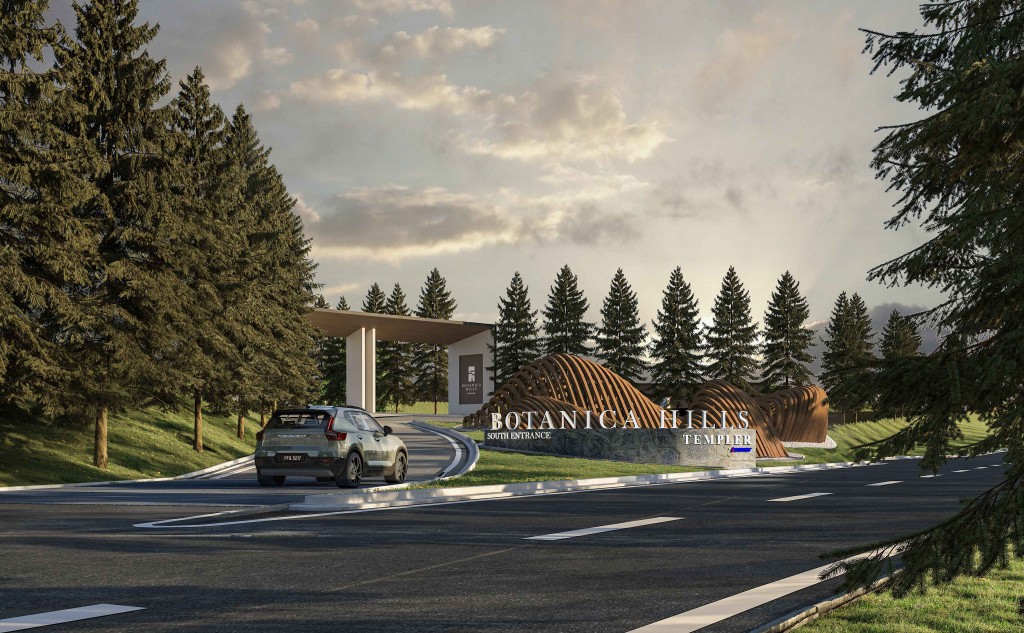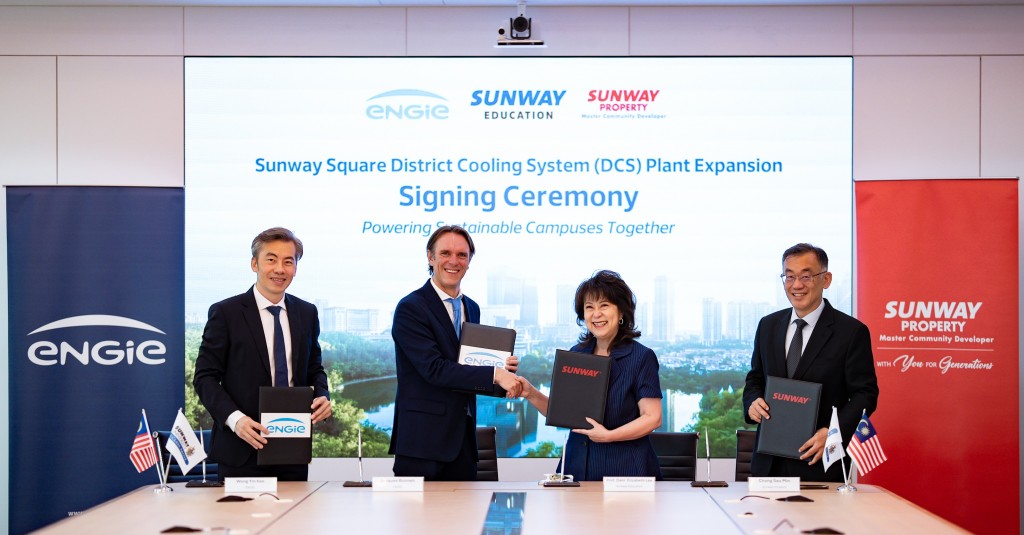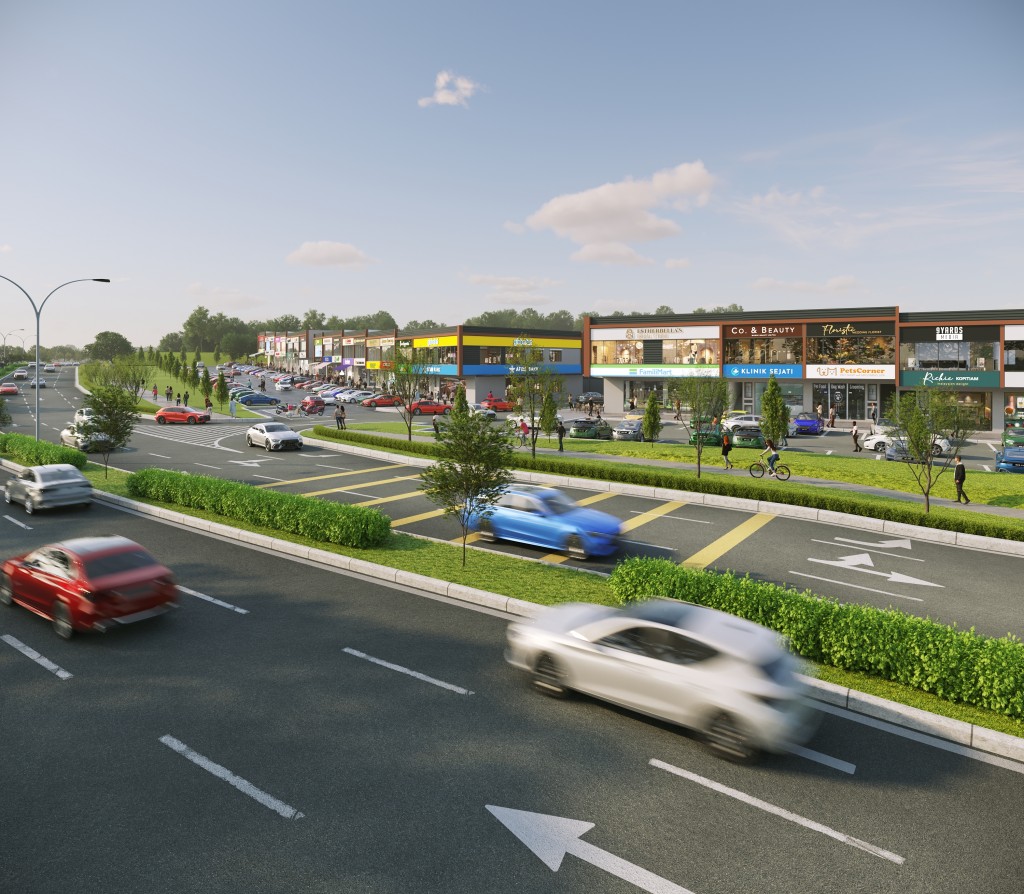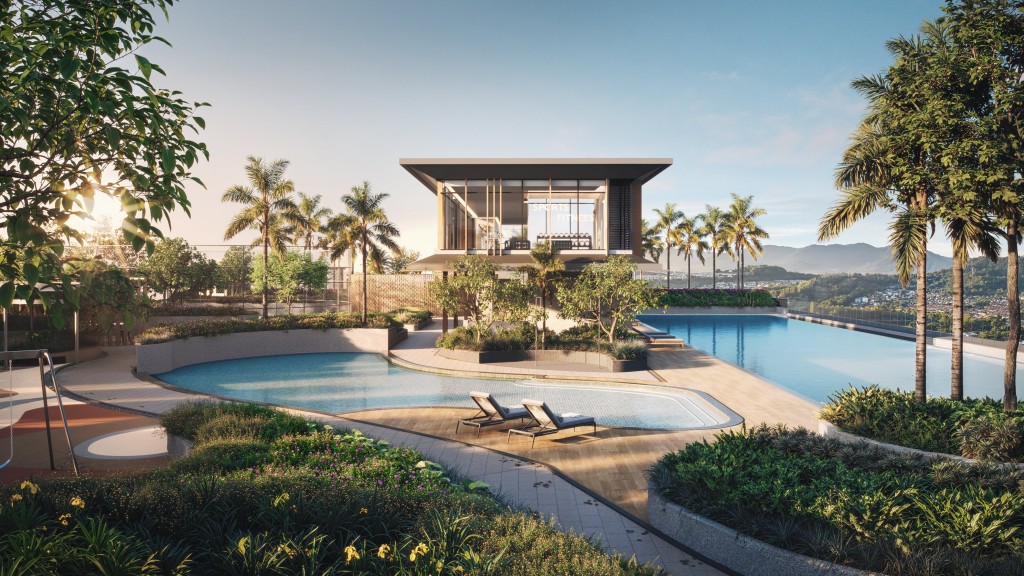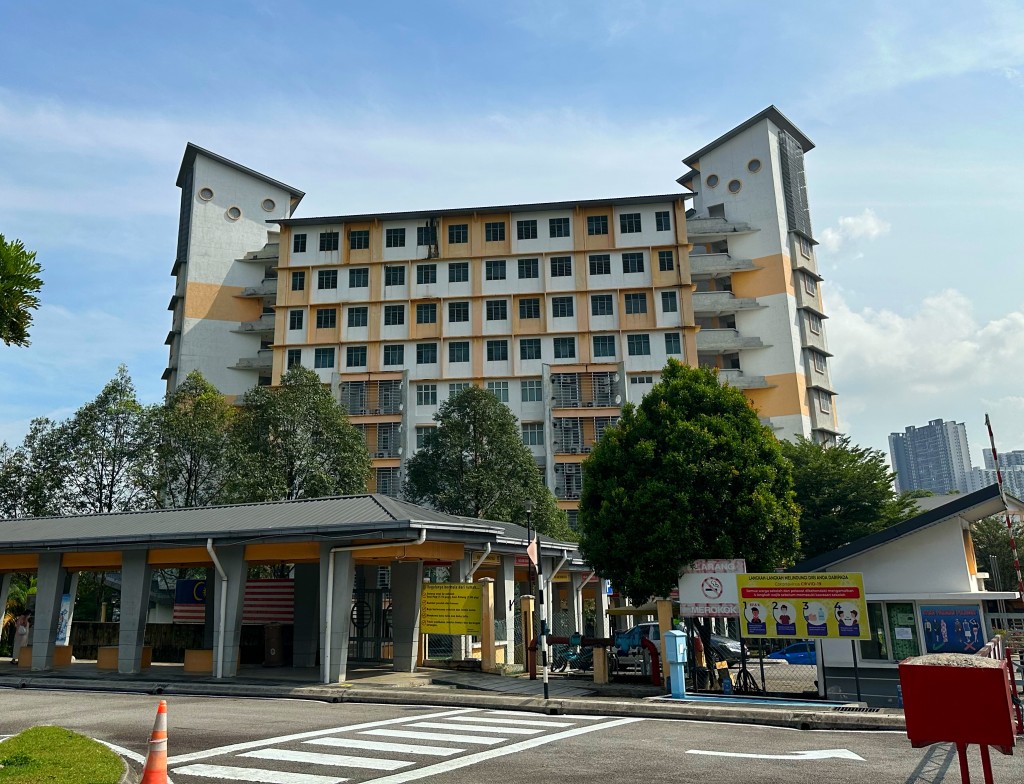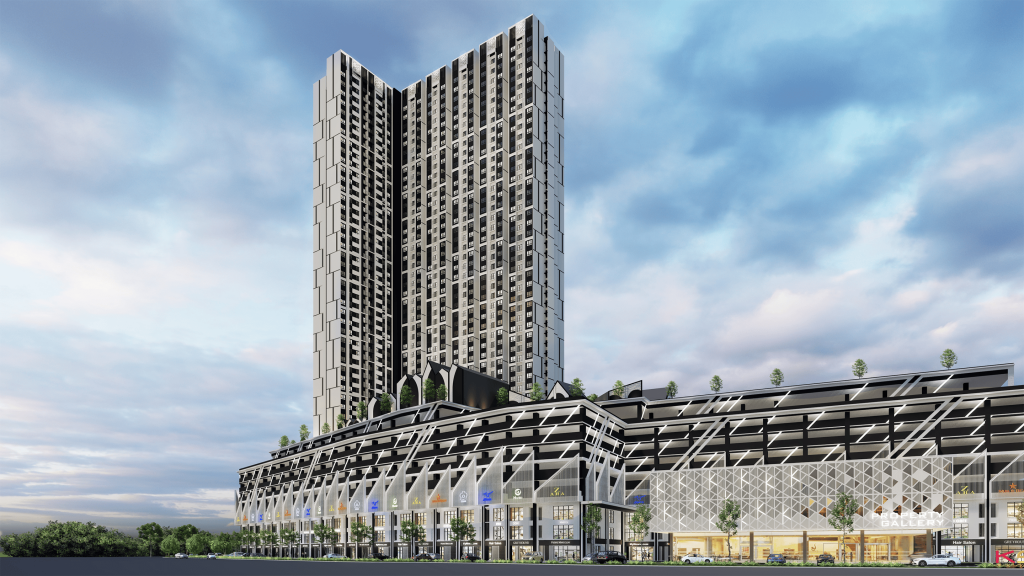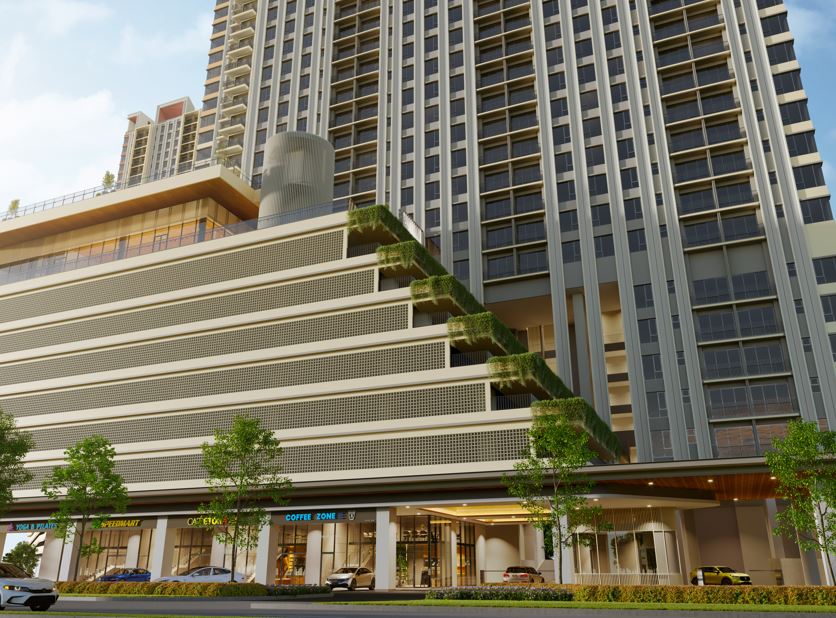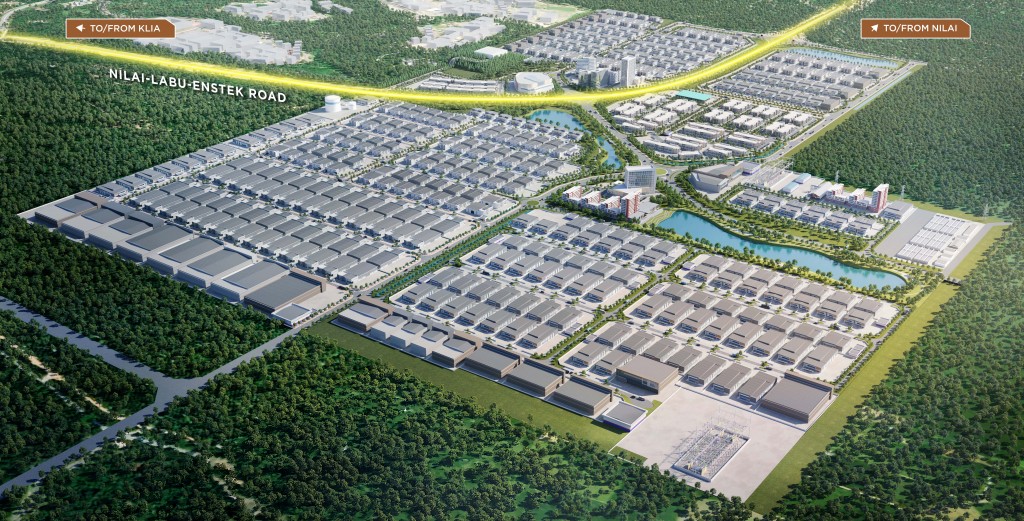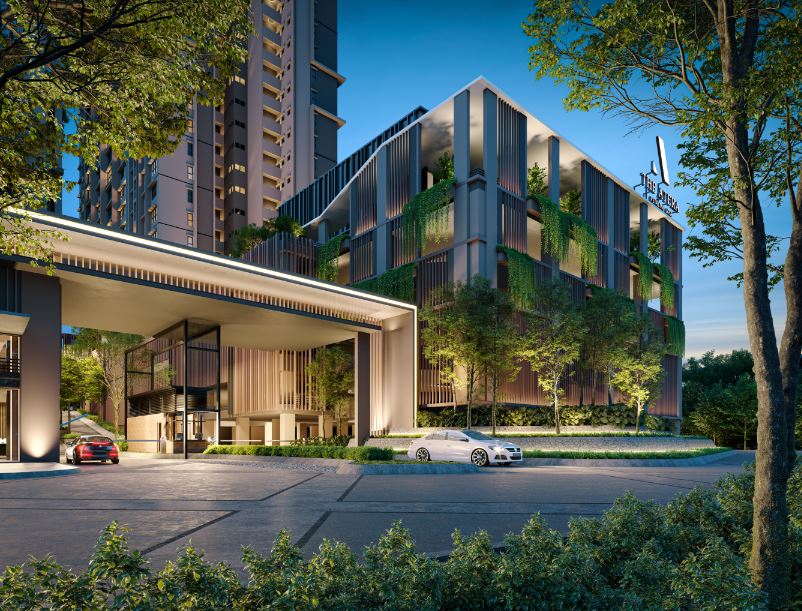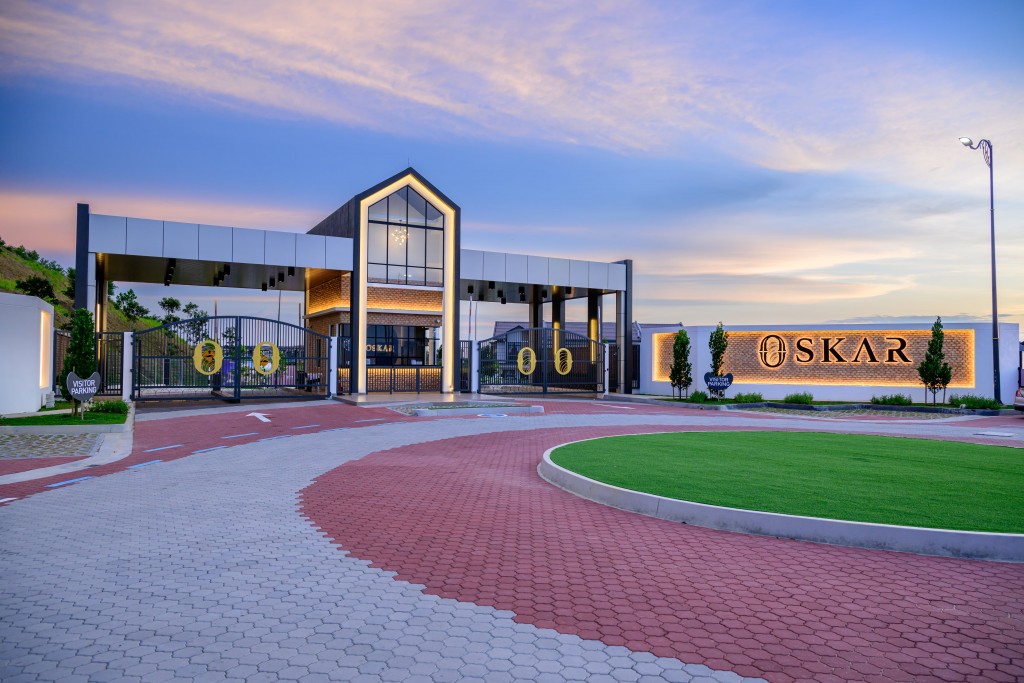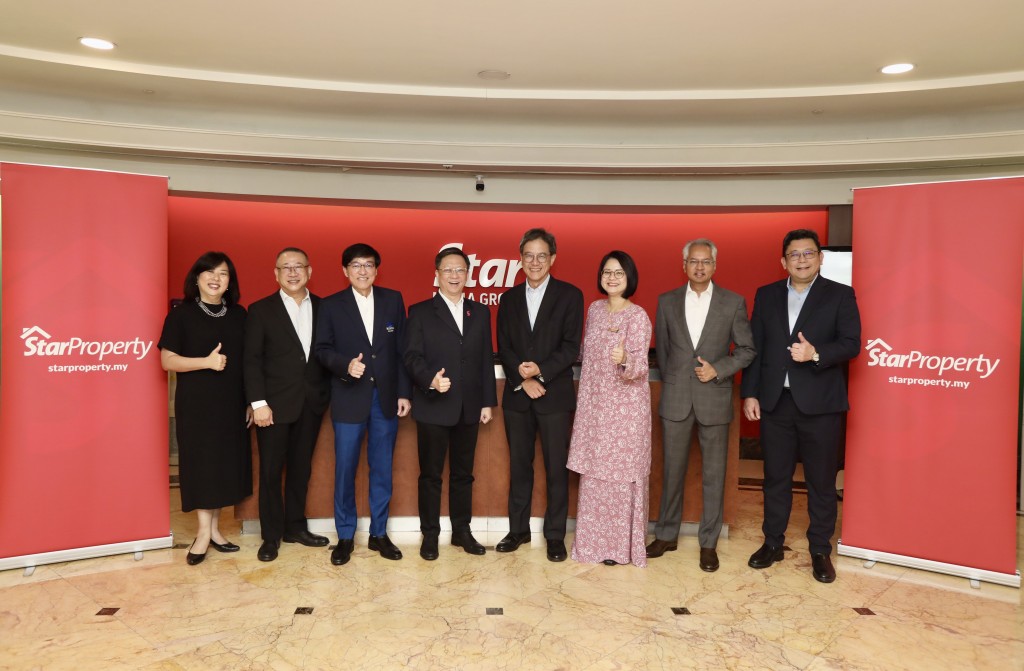A glance at current property listings immediately reveals a significant shift in development naming conventions. Older properties carry names reflecting local roots, such as Pangsapuri Perdana or Bungaraya Condominium. In contrast, the names on listings and brochures today rarely sound local. Instead, there is a sense of glamour and global flair that accompanies a name. Think The Troika in Kuala Lumpur or The Effingham in Bandar Utama.
What is the underlying reason for this change? Since developers are profit-focused, does having an English or Western-sounding name actually help a property sell better than one with a local name?
It can be said that property developers themselves have admitted that naming is more than administrative. The convention is actually strategic branding. Industry veterans have reported that names sell, noting that the right name can shape perceptions even before a buyer steps into the showroom. In some cases, branding is believed to contribute as much as 30% to its perceived value.
A good example is the local favourite Bangsar South, previously known as Kampung Kerinchi prior to its transformation. Once thought of as a low-income, traffic-jammed area, it was rebranded all the way back in 2012 as Bangsar South. The new name instantly connected it to the identity of neighbouring Bangsar, which allowed the developers to reposition and reimage the precinct. As a result, office towers, retail malls and dense condominiums followed, with the new developments sporting significantly higher launching prices.
This is a good example of how a name can act as a rebrand for lifestyle and status. The right name is essentially powerful enough to set the tone for a project’s marketing, a strong enough gimmick to influence how buyers imagine living there would be like.
Mini-test: English vs local names
To explore the significance of names in real estate, a brief overview of the price per square foot (psf) of selected properties in similar locations in the KL city centre revealed that it all depends.
When comparing English-named and locally-named condominiums in KL’s city centre, the data shows that branding plays a role but is not the sole driver of pricing. The Troika, completed in 2010 and seen as the benchmark of luxury, commands about RM946 psf while Hampshire Residences (2009) averages RM814 psf. St Mary’s Residences (2012), despite its central location and English branding, shows a huge variation, with prices ranging from RM407 psf to as high as RM2,699 psf depending on unit type and block.
On the local-name side, Desa Kudalari stands out. Built in 1985, it is one of the oldest luxury condos near KLCC, yet it still achieves around RM998 psf, which is higher than newer peers such as 3 Kia Peng (2006, RM608 psf) and Seri Bukit Ceylon (2006, RM691 psf). This suggests that location, land scarcity and prestige can outweigh both age and naming conventions.
The comparison indicates that while English names dominate new luxury launches to appeal to international buyers, local names are not inherently a disadvantage. Properties like Desa Kudalari prove that strong fundamentals allow a local name to hold, or even exceed, the values of newer English-branded peers.
Psychology behind a name
When it comes to property appeal, a splash of English naming can add a bit of spice. As for why these names seem to do the trick, English names can evoke a sense of modernity, exclusivity and a dash of prestige. Think about terms like residences, suites and heights, which suggest a lifestyle that is anything but ordinary. For professionals in the market, these names bring to mind international standards that feel just right.
Moreover, properties aiming to attract expatriates or foreign investors often embrace English branding because it is universally recognisable. Take Mont Kiara, for example. It is bustling with names like Solaris and Arcoris, creating a chic and international vibe that appeals to a global audience.
Last but not least, in Malaysia’s wonderfully diverse market, English names have a charm of cultural neutrality. This makes them more inviting to a wide range of buyers, from Malay to Chinese, Indian and beyond, thus enhancing the attractiveness of properties while showcasing how powerful naming conventions can be in influencing property value perceptions.
Local gems
When it comes to property names, it is worth taking a look at local gems. Many of them carry a sense of heritage and identity that significantly influences buyer emotions. Take Taman Tun Dr Ismail (TTDI), for example. It is a sought-after neighbourhood in the Klang Valley, yet its name, rooted in Malay tradition, does not hinder its market appeal. On the contrary, TTDI is highly known for its lush greenery and thoughtful planning, which keeps property prices strong.
Another interesting take is Pantai Sentral Park. Blending a local vibe with a touch of English flair, the branding move promotes it as an eco-friendly township. This shows that there is real value in local names but the entire affair also needs careful treading. That is what happened when the Malaysian government renamed Kampung Kerinchi to Bangsar South. It stirred up quite the backlash. Residents rallied against losing their heritage, leading to Kampung Kerinchi being restored for residential areas, while Bangsar South remained the name for commercial spots. This highlights that names carry cultural significance that goes beyond mere marketing.
Malaysia is not the only place grappling with this naming debate. A good case study is in Hong Kong, where researchers found that housing estates with English-only names fetched better prices than those with bilingual names. Their conclusion? English names project modernity and international appeal. They said it straight up that these are traits that attract buyers keen on status.
The Malaysian scenario echoes this insight. Many buyers associate English names with upward mobility and a cosmopolitan lifestyle, even when the properties themselves are barely any different. Yet experts warn us not to get lost in this trend. Flashy names are not able to save a poorly situated property.
Desensitisation of fancy names
There is also the issue of oversaturation. With so many developments sporting the same trendy English names like Ville or Gardens, is there a chance that buyers eventually become immune to the appeal? If everything is labelled as exclusive, the charm will most certainly fade after a prolonged period of exposure.
So, do English names really sell better? The data leans a little bit towards yes but only to a certain extent. English or Western names can give properties a nice marketing lift, boost perceptions and sometimes even lead to higher prices. They are especially effective in attracting expatriates or young professionals looking for that upscale vibe. But local names remain a strong and resilient presence, sometimes even surpassing newer ones.
Names like TTDI, Bangsar and Damansara remain coveted in the Klang Valley for a reason. Plus, with today’s rising appreciation for authenticity, trying to erase local identities for the sake of branding might just backfire. In the end while a catchy name can open some doors, it is not going to sell a property all on its own. Buyers might be drawn in by names like The Troika or M City but they will commit because of location, quality and other residents with similar lifestyles.
Property names in Malaysia tell us more than just linguistic preferences. They reveal identities and branding strategies in an ever-evolving market. Sure, English names may add a dash of modernity and attract a higher perceived value but local names embody authenticity and heritage. This reminds us that real estate is not just about square footage but about preserving the essence of a place and its identity. Besides adding The on everything seems enough to do the trick, like The Chow Kit.
This article was first published in Starbiz7.
Stay ahead of the crowd and enjoy fresh insights on real estate, property development and lifestyle trends when you subscribe to our newsletter and follow us on social media.


